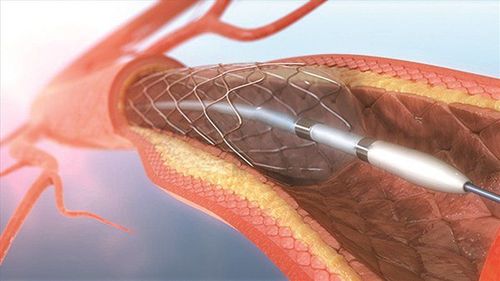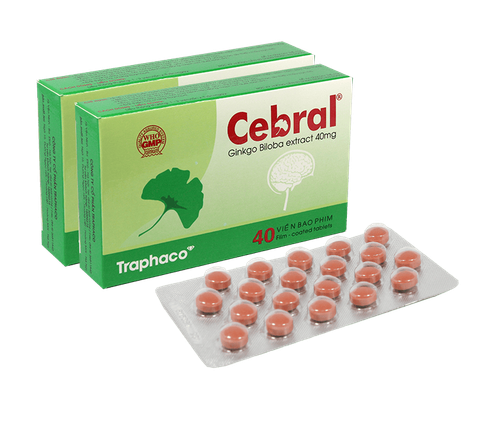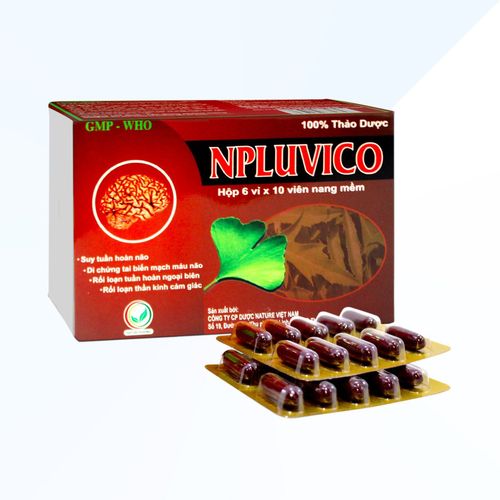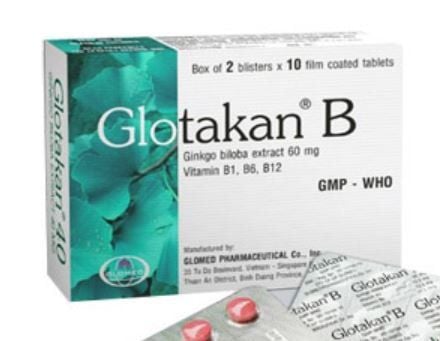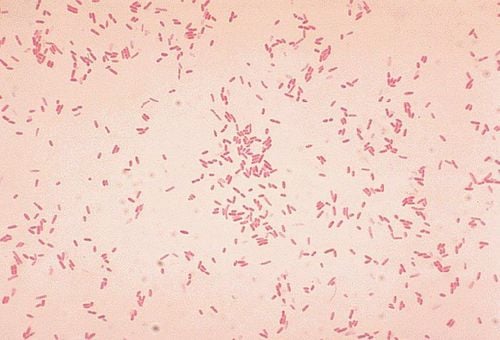This is an automatically translated article.
The article is professionally consulted by Master, Doctor Cao Thanh Tam - Cardiologist - Cardiovascular Center - Vinmec Central Park International General Hospital. Master - Doctor Cao Thanh Tam has many years of experience in the diagnosis and treatment of cardiovascular diseasesRaynaud's syndrome has a risk of recurrence when the patient is exposed to cold water, leading to peripheral vasoconstriction. Raynaud's can be a symptom of many different diseases, which, if not treated promptly, will affect the patient's daily life.
1. What is Raynaud's syndrome?
Raynaud's syndrome was discovered in 1862, named after its discoverer - French doctor Maurice Raynaud. Raynaud's exhibits sudden constriction of small peripheral blood vessels when exposed to stress or cold, the blood vessels narrow and restrict blood flow to tissues. This condition often occurs in the fingers, toes and sometimes in the patient's ears, nose or nipples... causing these parts to change color and sensation.Both men and women are at risk for developing cyanotic Raynaud's syndrome, however, it is more common in young women between the ages of 20 and 40. Raynaud's syndrome is divided into 2 types:
Causes Raynaud's disease is also known as Raynaud's disease: Although it is a common disease, it is less serious and is not caused by any disease. Secondary Raynaud's phenomenon: This is less common but more serious and is usually caused by an underlying medical condition.
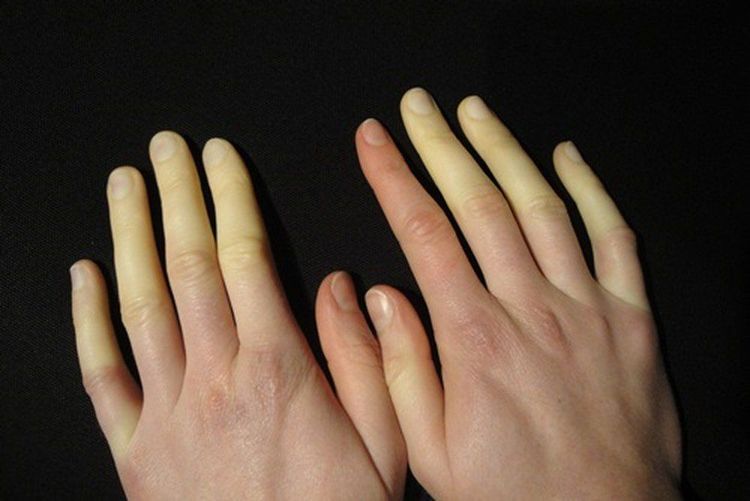
2. Causes of Raynaud's Syndrome
Up to now, medical science has not found the cause of primary Raynaud's syndrome. However, with the secondary form of Raynaud's, it can be caused by many causes such as:Due to diseases and complications of diseases such as rheumatoid arthritis, scleroderma, lupus ... Due to side effects of some drugs such as beta-blockers, methylsergid, ergotamine... Due to the patient's injury such as broken arm or broken leg... Due to unhealthy lifestyle, smoking habit constricts blood vessels. ..
3. Raynaud's syndrome warning signs
Raynaud's syndrome usually occurs in 3 stages:Stage 1: The patient's skin becomes pale or white due to constricted blood vessels. Stage 2: The skin becomes bluish-purple due to lack of oxygen. Stage 3: The blood vessels dilate and the skin becomes red again. Cyanosis Raynaud's syndrome often has an episodic progression and can lead to ischemia and damage to areas of tissue innervated by blood vessels. If the patient has secondary Raynaud's, there may be prolonged limb ischemia that can lead to calluses or, worse, gangrene of the toes.
4. Diagnosis of Raynaud's Syndrome
To be able to accurately diagnose Raynaud's syndrome, the doctor will do a physical examination and ask the patient some questions about the history, symptoms, the patient needs to describe carefully the symptoms that have occurred. with Raynaud's because they usually happen very quickly.The patient may be ordered to have a blood test or other tests to rule out certain diseases that can also cause symptoms similar to Raynaud's.
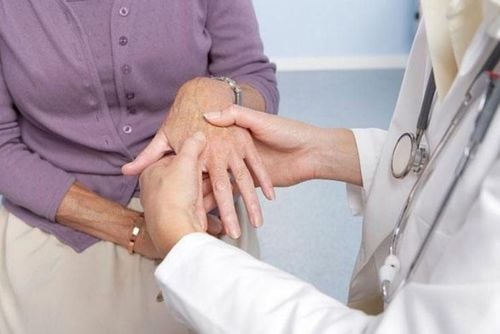
5. Is Raynaud's Disease Curable?
Many patients expressed concern about whether Raynaud's disease can be cured. However, the use of drugs in the treatment of Raynaud's syndrome depends on the duration, frequency, and severity of Raynaud's syndrome. Doctors often prescribe drugs with vasodilator properties, which increase blood flow and stop the constriction of small peripheral blood vessels to help relieve Raynaud's symptoms. .Currently, there are many drugs used to treat Raynaud's syndrome, such as: drugs that reduce vasoconstriction, vasodilators, platelet inhibitors, drugs that affect the vascular structure and some group of biological drugs....
The most commonly used vasodilator group such as diltiazem, nifedipine, amlodipine, nitric oxide - NO (nitrate group) or felodipine (calcium blocker)... In addition, patients may Treat with topical medications such as glyceryl trinitrate patches or 1-2% nitroglycerin ointment. One thing to keep in mind when using this class of drugs is the need to monitor blood pressure. The group of drugs that reduce vasoconstriction that can be used to treat Raynaud's syndrome include: Enalapril, captopril, losartan... The group of drugs that support the vascular structure can be used in the treatment of Raynaud's syndrome, such as cyanosis and relapsing extremities. antioxidants such as probucol. Platelet inhibitor drugs such as aspirin, salicylates... However, when using this drug for a long time, it is necessary to monitor side effects on blood clotting ability and stomach. The treatment of Raynaud's syndrome currently faces many difficulties, so it is still important to prevent disease, to avoid factors that adversely affect the disease such as direct exposure to cold weather, vibration, stress, smoking. If you have to work outside in the cold, you need to use protective equipment to keep your hands and feet warm, and regularly check your fingertips and feet to detect and treat them. timely wounds.
Please dial HOTLINE for more information or register for an appointment HERE. Download MyVinmec app to make appointments faster and to manage your bookings easily.





